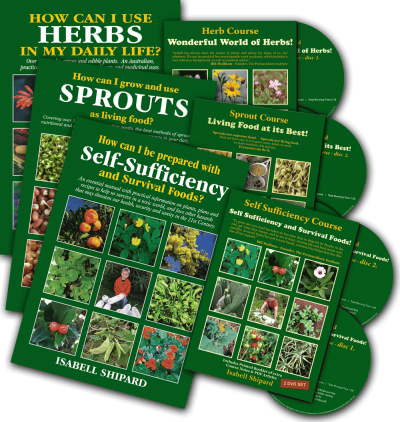Acerola Cherry
Barbados Cherry, West Indian Cherry, Tree of Life Malpighia glabra F. Malpighiaceae
Description
Native to the Caribbean, fast growing, evergreen 2-5 metres, bushy, thickly branched; glossy, dark-green, elliptic leaves to 6cm long, form opposite on stems. Pink flowers, 2cm across, can appear from the second year of growth. Flowering is prolific and bees are attracted to the flowers. Fruit is mature in 3-4 weeks from flowering, and 4-5 crops may set from spring through to autumn. Red, soft-skinned fruit 2-3cm diameter has a similar shape to a Prunus Cherry. There are a number of varieties, with California Honey being one of the sweetest. The flavour of the fruit (with the different varieties) can be compared to crab apple, others with a plum flavour, and the sweeter ones like cherries, or raspberries. Fruit flesh is red and juicy, with several brown, winged seeds in the centre.
… … omitted text, please see How can I use HERBS in my daily life? for full text.

Analysis has shown that the acerola cherry is the richest source of vitamin C, of any fruit. In the 1940’s, large commercial plantings were established for processing, particularly for making Vitamin C tablets. However, some time later, synthetically produced vitamin C became more economical to produce. Some companies, still prefer to use acerola, rather than artificial ingredients.
But, still, the acerola is acknowledged as being the fruit with the highest content of vitamin C. It is only exceeded by rosehip (Rosa rugosa), which has been analysed from 1,700- 6,977mg of vitamin C per 100 grams of hips. Some years ago the Lancet, reported the fruit of Kakadu Plum (Terminalia ferdinandia), native to the Northern Territory and Western Australia as a higher source of vitamin C than acerola. The fruit was found to be from 2,300 to 3,150mg vitamin C per 100 grams of edible fruit. Ledin (Florida University) quotes acerola as being higher, (1,000 – 4,676mg of vitamin C per 100 grams of fruit).
… … omitted text, please see How can I use HERBS in my daily life? for full text.

Acerola Cherry is an excellent source of vitamin A (as carotene with 1,017 IU per 100 grams of fruit). As there are a number of antioxidants in acerola, it is a valuable fruit to add to our diet to help deal with free radicals, toxins, and stresses; repair of wounds, scar tissue, fractures and pain relief. The fruit contains B vitamins in the form of thiamin, riboflavin and niacin; and it is also a good source of iron, calcium, phosphorous and potassium. The sugar content (3.5 to 4.7%) is in the form of levulose, dextrose and sucrose.
… … omitted text, please see How can I use HERBS in my daily life? for full text.


